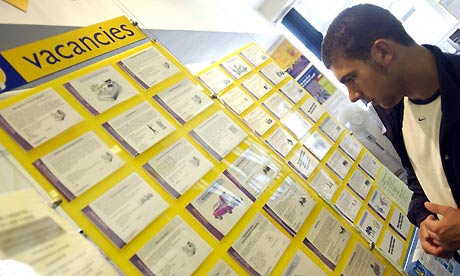 TheScientist | Cells live longer than their internal components. To keep their cytoplasm clear of excess or damaged organelles, as well as invading pathogens, or to feed themselves in time of nutrient deprivation, cells degrade these unwanted or potentially harmful structures, and produce needed food and fuel, using a process they have honed over millions of years. Known as autophagy, this catabolic process involves the selection and the sequestration of the targeted structures into unique transport vesicles called autophagosomes, which then deliver the contents to lysosomes where they are degraded by lytic enzymes. This conserved eukaryotic pathway plays a central role in a multitude of physiological processes, including programmed cell death, development, and differentiation. In addition, it plays a protective role against aging, tumorigenesis, neurodegeneration, and infection. Given all this, it is not surprising that an impairment of autophagy is correlated with various severe pathologies, including cardiovascular and autoimmune diseases, neuro- and myodegenerative disorders, and malignancies.
TheScientist | Cells live longer than their internal components. To keep their cytoplasm clear of excess or damaged organelles, as well as invading pathogens, or to feed themselves in time of nutrient deprivation, cells degrade these unwanted or potentially harmful structures, and produce needed food and fuel, using a process they have honed over millions of years. Known as autophagy, this catabolic process involves the selection and the sequestration of the targeted structures into unique transport vesicles called autophagosomes, which then deliver the contents to lysosomes where they are degraded by lytic enzymes. This conserved eukaryotic pathway plays a central role in a multitude of physiological processes, including programmed cell death, development, and differentiation. In addition, it plays a protective role against aging, tumorigenesis, neurodegeneration, and infection. Given all this, it is not surprising that an impairment of autophagy is correlated with various severe pathologies, including cardiovascular and autoimmune diseases, neuro- and myodegenerative disorders, and malignancies.Despite significant advances over the last 20 years in the understanding of how this process works and what purposes it serves, there is a lingering question—how are autophagosomes formed? More specifically, where do their not one, but two lipid bilayers come from? Autophagosomes are not pre-built organelles that become active upon the induction of autophagy; they are made from scratch each time a cell needs to degrade one or more of its contents. And they are giant vesicles, with an average diameter of approximately 700–800 nanometers, which can further expand to accommodate large structures such as cellular organelles and bacteria, and which are made in large quantities under autophagy-inducing conditions. As a result, progression of autophagy requires a ready supply of lipids. This aspect of the process has intrigued researchers since the discovery of autophagy in the 1950s and ’60s. Understanding the biogenesis of autophagosomes will provide information about how cells generate new compartments in response to internal and external cues, and will thus lead to a clearer conception of cell homeostasis.
Intrinsic to the question of the autophagosome’s origin is the source of the lipids required to build the double-membrane vesicle and the way this supply is delivered. One major difficulty in addressing this question has been that autophagosomes contain no marker proteins that definitively link them to any known subcellular organelle, making it difficult to unveil their origins. Indeed, autophagosomes are distinct from all other organelles in the cell, both in structure and in protein composition. Recent advances in microscopic techniques and biochemical approaches have stimulated a series of studies investigating this issue, but the results are contradictory, at least at first glance, with different groups identifying evidence for contributions from the cell’s plasma membrane, endoplasmic reticulum, mitochondria, and Golgi complex. From which of these organelles is the autophagosome derived, or could it be all of the above? The answer to this question is a prerequisite for understanding and manipulating the mechanism of autophagy. In turn, this knowledge is essential to the development of therapies or drugs that target this pathway to treat or even cure diseases in which autophagy is blocked or impaired.











